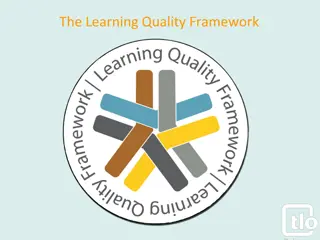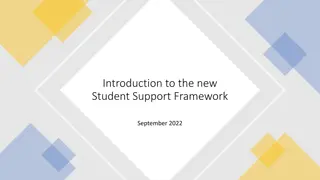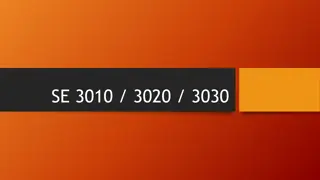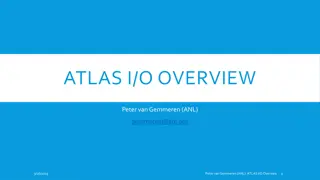
Advanced Medical Imaging Applications for Brain MR Analysis
Explore cutting-edge applications in medical imaging, including image segmentation, age regression, sex classification, and representation learning using advanced neural networks. Dive into the world of multi-sequence brain MR analysis, from predicting brain tissues to reconstructing images with deep convolutional autoencoders. Discover how these technologies are shaping the future of healthcare.
Download Presentation

Please find below an Image/Link to download the presentation.
The content on the website is provided AS IS for your information and personal use only. It may not be sold, licensed, or shared on other websites without obtaining consent from the author. If you encounter any issues during the download, it is possible that the publisher has removed the file from their server.
You are allowed to download the files provided on this website for personal or commercial use, subject to the condition that they are used lawfully. All files are the property of their respective owners.
The content on the website is provided AS IS for your information and personal use only. It may not be sold, licensed, or shared on other websites without obtaining consent from the author.
E N D
Presentation Transcript
Tool examples Abhishek Raut
Code Please, message me for the code. http://www.abhishekraut.com/contact
Image segmentation of multi Image segmentation of multi- -channel brain MR MR images images channel brain Tensorboard visualisation of multi-sequence image inputs, target labels and predictions
This image segmentation application learns to predict brain tissues and white matter lesions from multi-sequence MR images (T1- weighted, T1 inversion recovery and T2 FLAIR) on the small (N=5) MRBrainS challenge dataset. It uses a 3D U-Net-like network with residual units as feature extractors and tracks the Dice coefficient accuracy for each label in TensorBoard.
Age regression and sex classification from T1 Age regression and sex classification from T1- - weighted brain MR weighted brain MR images images Example input T1-weighted brain MR images for regression and classification
Two similar applications employing a scalable 3D ResNet architecture learn to predict the subject s age (regression) or the subject s sex (classification) from T1 weighted brain MR images from the IXI database. The main difference between this applications is the loss function: While we train the regression network to predict the age as a continuous variable with a L2-loss (the mean squared differences between the predicted age and the real age), we use a categorical cross-entropy loss to predict the class of the sex.
Representation learning on 3T multi Representation learning on 3T multi- -channel brain MR MR images images channel brain Test images and reconstructions using a deep convolutional auto-encoder network
Here we demo the use of a deep convolutional autoencoder architecture, a powerful tool for representation learning: The network takes a multi-sequence MR image as input and aims to reconstruct them. By doing so, it compresses the information of the entire training database in its latent variables. The trained weights can also be used for transfer learning or information compression. Note, that the reconstructed images are very smooth: This might be due to the fact that this application uses an L2-loss function or the network being to small to properly encode detailed information.
Simple image super Simple image super- -resolution on T1w brain resolution on T1w brain MR MR images images Image super-resolution: original target image; downsampled input image; linear upsampled image; predicted super-resolution;
Single image super-resolution aims to learn how to upsample and reconstruct high-resolution images from low resolution inputs. This simple implementation creates a low-resolution version of an image and the super-res network learns to upsample the image to its original resolution (here the up-sampling factor is [4,4,4]). Additionally, we compute a linearly upsampled version to show the difference to the reconstructed image.






















